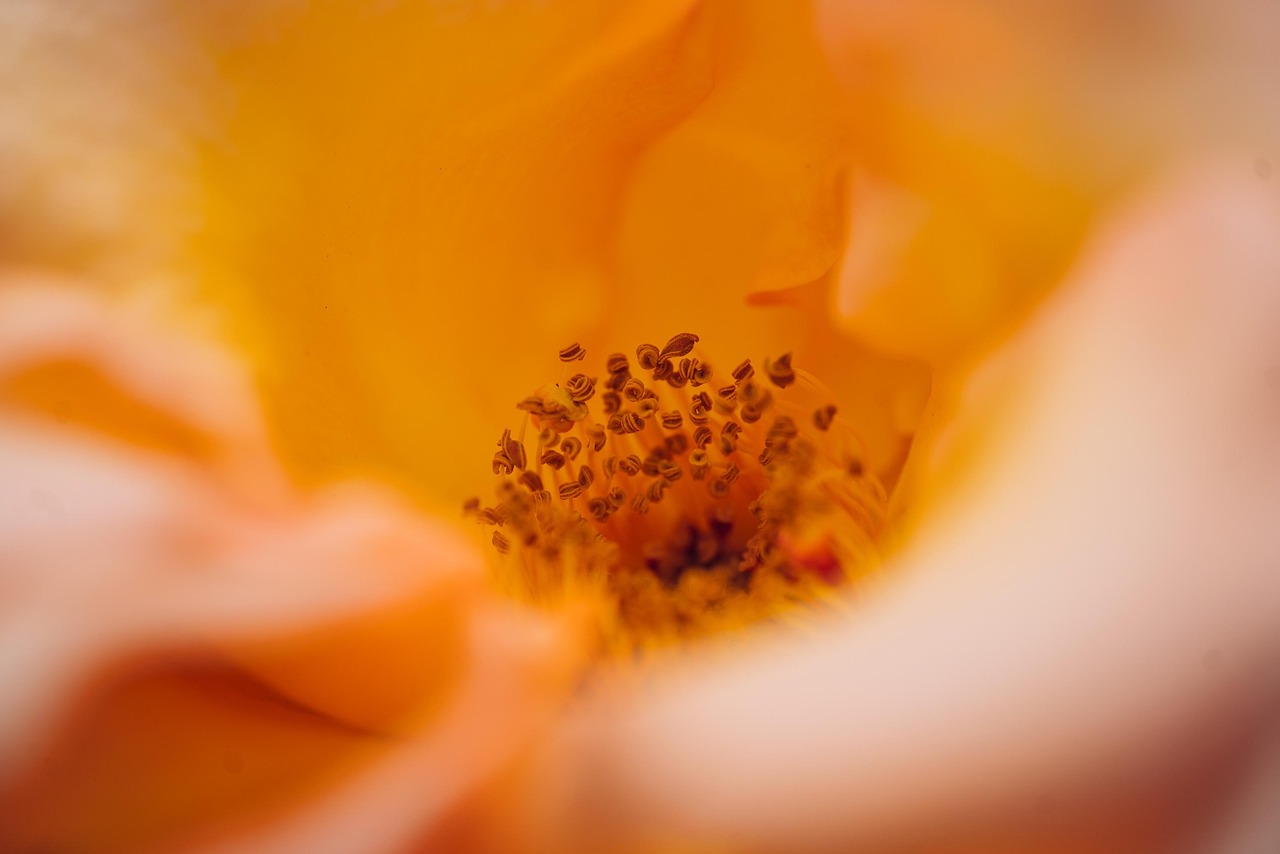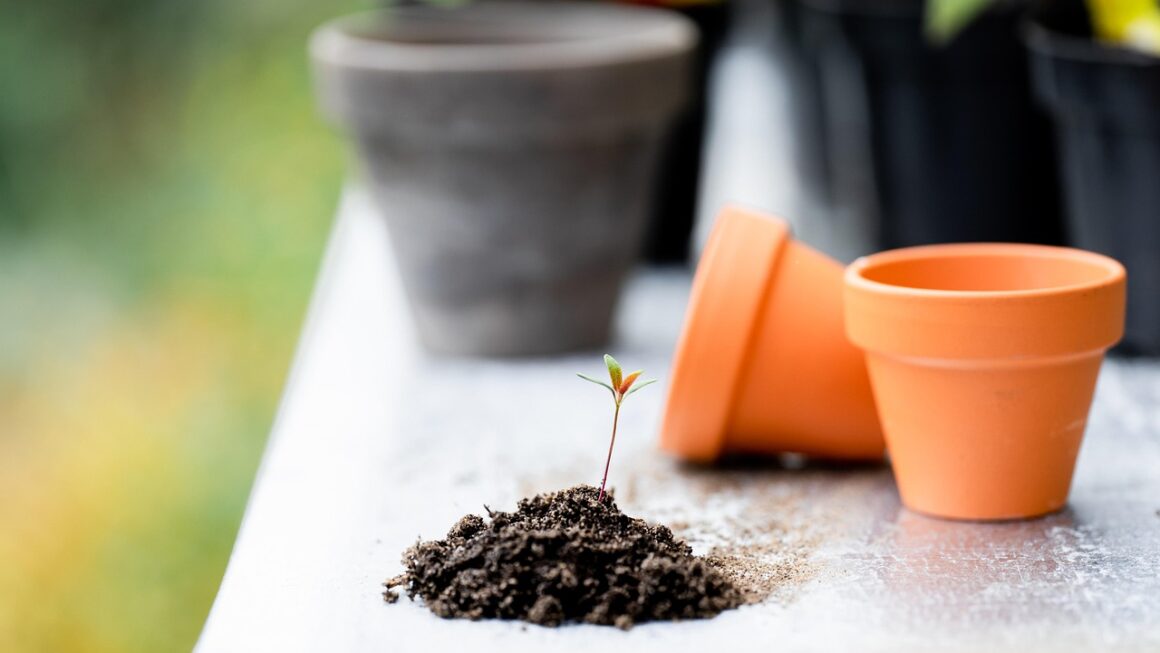Pruning, often seen as a chore, is actually a vital practice for maintaining healthy and productive plants. From fruit trees laden with blossoms to ornamental shrubs shaping your landscape, understanding the basics of pruning ensures your garden thrives. This guide offers a comprehensive look at pruning techniques, tools, and timing, empowering you to take control of your garden’s health and beauty.
Why Prune? The Benefits of Cutting Back
Pruning is more than just snipping off random branches. It’s a strategic process with numerous benefits that contribute to the overall health and vitality of your plants.
Improved Plant Health
- Disease Prevention: Removing dead, diseased, or damaged branches prevents the spread of infection to healthy parts of the plant.
- Enhanced Air Circulation: Pruning opens up the canopy, improving airflow and reducing humidity, which can minimize fungal diseases.
- Pest Control: Eliminating infested branches removes breeding grounds for pests.
Increased Fruit and Flower Production
- Stimulating Growth: Pruning encourages new growth, which often leads to more abundant flowering and fruiting. Removing old or unproductive wood directs the plant’s energy to new shoots.
- Fruit Quality: For fruit trees, pruning improves fruit size, color, and overall quality by allowing sunlight to reach the developing fruit.
- Optimizing Sunlight: By shaping the plant, you ensure that all parts receive adequate sunlight, crucial for photosynthesis and overall health.
Enhanced Plant Appearance
- Shaping and Training: Pruning allows you to shape plants to fit their environment, maintain desired forms, and create aesthetically pleasing landscapes. Espalier techniques, for example, rely heavily on precise pruning.
- Maintaining Size: Regular pruning keeps plants within a manageable size, preventing them from overcrowding other plants or structures.
- Rejuvenation: Older plants can be rejuvenated through hard pruning, stimulating new growth and extending their lifespan.
Essential Pruning Tools and Their Uses
Having the right tools is crucial for making clean cuts, which promotes faster healing and reduces the risk of disease. Always ensure your tools are sharp and clean.
Hand Pruners
- Bypass Pruners: These pruners make clean, scissor-like cuts, ideal for live stems and branches up to ¾ inch in diameter. They are the most versatile type of hand pruner.
- Anvil Pruners: These pruners have a blade that closes against a flat surface. While good for deadwood, they can crush live stems, so bypass pruners are generally preferred.
Loppers
- For Thicker Branches: Loppers are long-handled pruners designed for cutting branches between ¾ inch and 2 inches in diameter. The longer handles provide increased leverage.
- Bypass vs. Anvil: Similar to hand pruners, bypass loppers are gentler on live stems than anvil loppers.
Pruning Saws
- For Branches Over 2 Inches: Pruning saws are necessary for branches too thick for loppers. They come in various sizes and shapes, including curved saws for reaching awkward angles.
- Folding Saws: These are convenient for portability and safety, as the blade can be folded away when not in use.
Maintaining Your Tools
- Sharpening: Regularly sharpen your pruning tools to ensure clean cuts. A dull blade can damage plant tissue and increase the risk of disease.
- Cleaning: Disinfect your tools between cuts, especially when pruning diseased plants. A solution of 1 part bleach to 9 parts water is effective. Always rinse tools thoroughly after using bleach.
Timing is Everything: When to Prune
The timing of pruning can significantly impact a plant’s health and productivity. Different plants have different pruning schedules, so understanding these nuances is key.
General Pruning Guidelines
- Dormant Season (Late Winter/Early Spring): This is the best time for heavy pruning as the plant is not actively growing and can recover more quickly. It’s ideal for shaping trees and shrubs, removing deadwood, and encouraging new growth. Avoid pruning during periods of extreme cold.
- After Flowering: Spring-flowering shrubs and trees should be pruned immediately after they finish blooming. This allows them to set buds for the following year’s blooms. Examples include forsythia, azaleas, and lilacs.
- Summer Pruning: Light pruning can be done in summer to remove dead or diseased branches, shape plants, and control their size. It’s also a good time to pinch back new growth to encourage bushier growth.
- Fall Pruning: Avoid heavy pruning in the fall, as it can stimulate new growth that may not harden off before winter. However, you can remove dead, damaged, or diseased branches.
Specific Examples
- Fruit Trees: Prune during the dormant season to remove deadwood, improve airflow, and encourage fruit production.
- Roses: Prune in early spring to remove dead or weak canes and shape the plant. Deadhead regularly throughout the growing season to encourage continuous blooming.
- Hydrangeas: Pruning depends on the type of hydrangea. Bigleaf hydrangeas (Hydrangea macrophylla) bloom on old wood and should be pruned lightly after flowering. Panicle hydrangeas (Hydrangea paniculata) bloom on new wood and can be pruned in late winter or early spring.
Pruning Techniques: Making the Right Cut
Knowing where to cut is as important as knowing when to cut. Proper pruning techniques promote healthy growth and prevent damage.
Making the Cut
- At a Bud: When pruning to encourage new growth, make the cut about ¼ inch above a bud, angling the cut away from the bud. This directs the plant’s energy to the bud, promoting growth in the desired direction.
- At a Branch Collar: When removing an entire branch, cut just outside the branch collar – the swollen area where the branch joins the trunk. Avoid cutting flush with the trunk, as this can damage the tree’s healing ability.
- Thinning Cuts: Remove entire branches at their point of origin to open up the canopy and improve airflow.
- Heading Cuts: Shorten a branch by cutting it back to a bud or side branch. This encourages bushier growth and can be used to control the plant’s size and shape.
Common Pruning Mistakes to Avoid
- Over-Pruning: Removing too much growth can weaken the plant and reduce its ability to produce food through photosynthesis.
- Leaving Stubs: Stubs are prone to disease and decay. Always cut close to a bud or branch collar.
- Shearing: Using hedge trimmers on plants that should be pruned selectively can result in a dense, unnatural appearance and reduce flowering.
- Neglecting Suckers and Water Sprouts: Suckers (shoots that grow from the roots) and water sprouts (shoots that grow from the trunk or branches) should be removed promptly as they can drain the plant’s energy.
Pruning Specific Plants: A Quick Reference
While the general principles apply, specific plants benefit from tailored pruning approaches.
Fruit Trees
- Objective: Maximize fruit production and maintain tree health.
- Technique: Open-center pruning is common, allowing sunlight to reach all parts of the tree. Remove crossing branches, water sprouts, and suckers. Prune annually during the dormant season.
- Example: Apple trees benefit from removing vertical shoots and shortening branches to encourage lateral growth and fruit development.
Roses
- Objective: Encourage abundant blooming and maintain plant shape.
- Technique: Remove dead, diseased, or weak canes. Prune to outward-facing buds to encourage an open center. Deadhead regularly.
- Example: Hybrid tea roses benefit from a more severe pruning in early spring to stimulate strong new growth.
Shrubs
- Objective: Maintain size, shape, and encourage flowering.
- Technique: Prune spring-flowering shrubs after they bloom. Prune summer-flowering shrubs in late winter or early spring.
- Example: Butterfly bushes (Buddleja davidii) bloom on new wood and should be pruned hard in early spring.
Hedges
- Objective: Create a dense, uniform shape.
- Technique: Shearing is common, but avoid cutting too far back into old wood, as it may not regenerate. Prune regularly to maintain the desired shape and size.
- Example: Boxwood hedges should be pruned lightly and frequently throughout the growing season to maintain their formal shape.
Conclusion
Mastering the art of pruning requires understanding its principles, proper tools, and specific techniques for different plants. By following this guide, you can confidently prune your plants, enhancing their health, appearance, and productivity. Remember to research specific plant needs and always prioritize clean cuts and the right timing. With practice and patience, you’ll transform your garden into a thriving, beautiful landscape.




